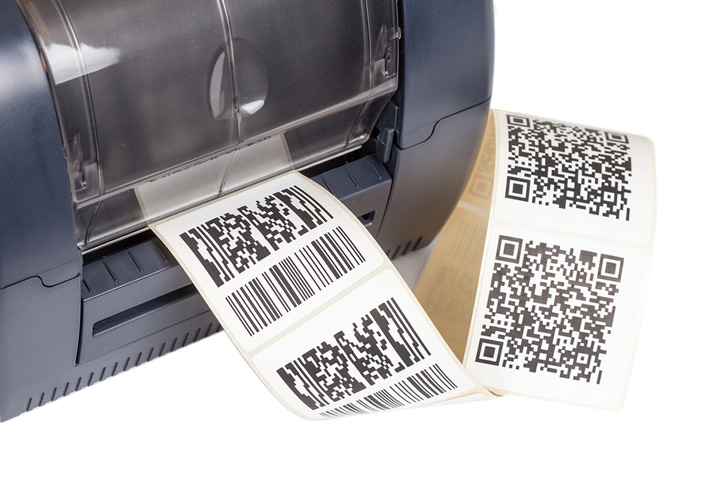
Fixed assets include any items that benefit your company for more than one reporting period. These items include projectors, vehicles, machinery, specialized computing systems and similar goods, and often play an instrumental role in supporting business operations.
Applying inventory management best practices to these goods can go a long way in alleviating problems in this area down the road.
The Challenge of Monitoring Fixed Assets
Locating fixed assets can become frustrating when fixed assets aren’t logged or tracked on a consistent basis. Many companies misjudge the difficulty of tracking and monitoring these assets because they assume they don’t often move or are stored in the same location at set intervals. But the reality can be very different.
Fixed assets can have a strong impact on a business valuation for insurance and financial purposes. Furthermore, maintenance, theft prevention and similar tasks all require an awareness of where an item is at any given time and how long it has been since the asset has been checked.
Proper logging and monitoring is a hassle with paper checklists or similarly outdated methods. A fixed asset barcode labeling system and mobile data collection, on the other hand, simplify fixed asset management.
Read these five tips to help you take advantage of barcode labeling to effectively track your organization’s fixed assets:
Tip #1: Take Advantage of Barcode Printers
It may be tempting to order a certain number of barcodes so you have them around. If you manage a large number of fixed assets, you’re probably better off just getting a printer on-site. This convenience lets you print a custom barcode, letting you control every facet of the label, and do so every time you add an asset to your ecosystem. This setup not only makes it easier to get new barcodes for each device, but also to replace worn-out or torn labels.

Have a barcode printer on site can help manage fixed assets in the field more effectively.
Tip #2: Integrate with Your ERP System
Don’t let fixed asset data reside in its own silo. If information is integrated with an enterprise resource planning (ERP) solution, you’ll gain visibility into this data in real time, adding value to your investment in asset management.
Tip #3: Run Periodic Reports
Querying the ERP system for status updates on fixed assets lets you create quick reports on the disposition of your goods. Don’t forget to make this practice a habit to ensure nothing slips through the cracks.
Tip #4: Don’t Ignore Disposal Processes
Tracking or logging an asset once you’ve taken it beyond its service life is still important.
When valuing your company, insurers and lenders may want to know about out-of-service assets you have sitting in a back room. If you’re not storing old goods and are discarding them, you may need to track certain waste disposal processes for regulatory reasons, such as environmental standards, and will want data to verify that process. Barcode scanning can make this a quick process.
Tip #5: Leverage Mobile Data Collection
Static barcode scanners that work in a fixed location won’t help you with fixed assets. Handheld solutions are much more flexible. Supporting smartphones and tablets can be a viable way to make data collection easier for employees monitoring or regularly interacting with your items.
Also Read: Tracking Fixed Assets Across the Modern Supply Chain »
Don’t Let Fixed Assets Slip into the Background
Just because managing your fixed assets isn’t as complex as the items moving into and out of your warehouse, don’t let them get lost in the shuffle. Simplifying and streamlining management can go a long way in making these goods more valuable by reducing complexity, optimizing maintenance and minimizing waste.
RFgen offers the barcode printing and scanning tools needed to simplify the process of managing your fixed assets. Contact RFgen today to learn more.






